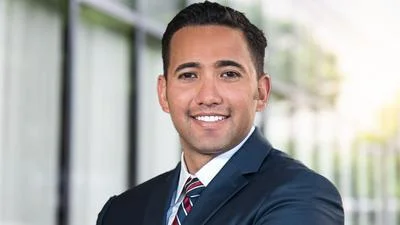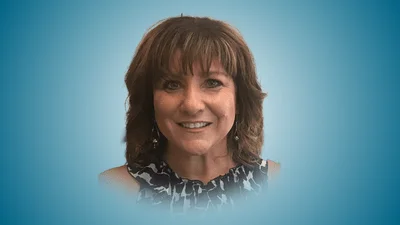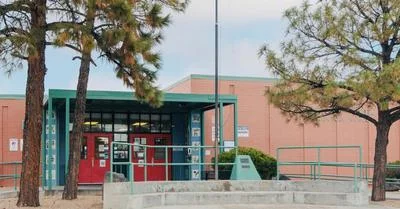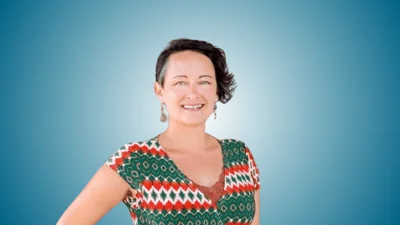The University of New Mexico (UNM) announced that Distinguished Professor Greg Taylor of the Department of Physics and Astronomy led a team of students to construct antennas for the third Long Wavelength Array (LWA) station. This initiative, funded by a $1 million grant from the Air Force Research Laboratory (AFRL), contributes to enhancing the LWA telescope's capability to gather radio wave data from celestial bodies. This project is part of UNM's ongoing efforts to advance in the field of astronomy through practical student involvement.
The project's location and scope provide significant insights into its objectives. The project was conducted at the North Arm site in central New Mexico, approximately 25 km north of the initial LWA station (LWA1) and the Very Large Array (VLA). The establishment of this new station, complementing the existing LWA1 and LWA-SV stations by the department in NM, is geared towards collaborative efforts in investigating transient sources. As students participated in the assembly of antennas, they acquired valuable knowledge in radio astronomy instrumentation and signal analysis. The team incorporated 16 antennas, aiming to complete the installation of all 65 antennas by mid-November. The upcoming site is designed to collaborate with established stations, enhancing the resolution of sky observations significantly, according to a press release by UNM.
As an integral part of this pioneering effort, Professor Greg Taylor sheds light on student involvement. "That's the great thing about this project is that it is very approachable for students. They don't just build antennas; we get them involved in everything, even very advanced digital processing techniques, learning how to write the software, how to really understand signals, how we're combining signals and how we put it all together, making images of the sky. They really get a terrific experience," said Taylor, according to a press release by UNM.
Expounding on the students' hands-on experience, Taylor emphasized the comprehensive nature of their involvement. "They're (students) out in the field, digging in ditches, pouring concrete, and then they're hands on with the antennas and then they're working on the software and then they're operating the station and they're taking observations there and they're writing papers and doing science. So it's the whole package; they get the whole spectrum of activities. And I think that's really valuable," said Taylor, according to a press release by UNM.









